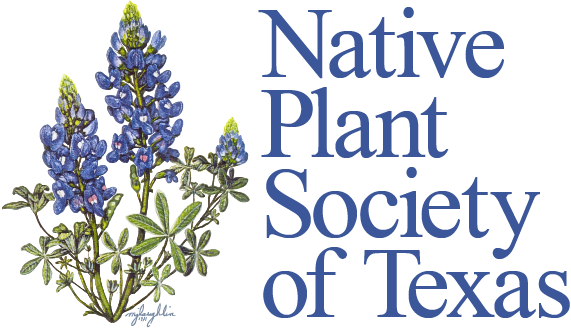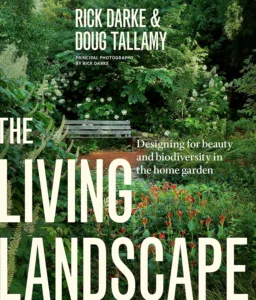This book provides practical information about designing a home garden that is both beautiful and biodiverse. It offers strategies for making and maintaining a diverse, layered landscape that provides outdoor rooms and turf areas for children and pets, incorporates fragrance and edible plants, and provides cover, shelter, and sustenance for wildlife.
The book is richly illustrated and informed by both a keen eye for design and an understanding of how healthy ecologies work. It includes in-depth profiles of more than fifty butterflies, descriptions of the food plants for a variety of both caterpillars and butterflies, and plant lists for easy selection and substitution, depending on where you live and what is available. For those who want specific advice on what to plant where, the authors have designed useful, adaptable landscape plans and extensive planting options for each of seven state regions.



